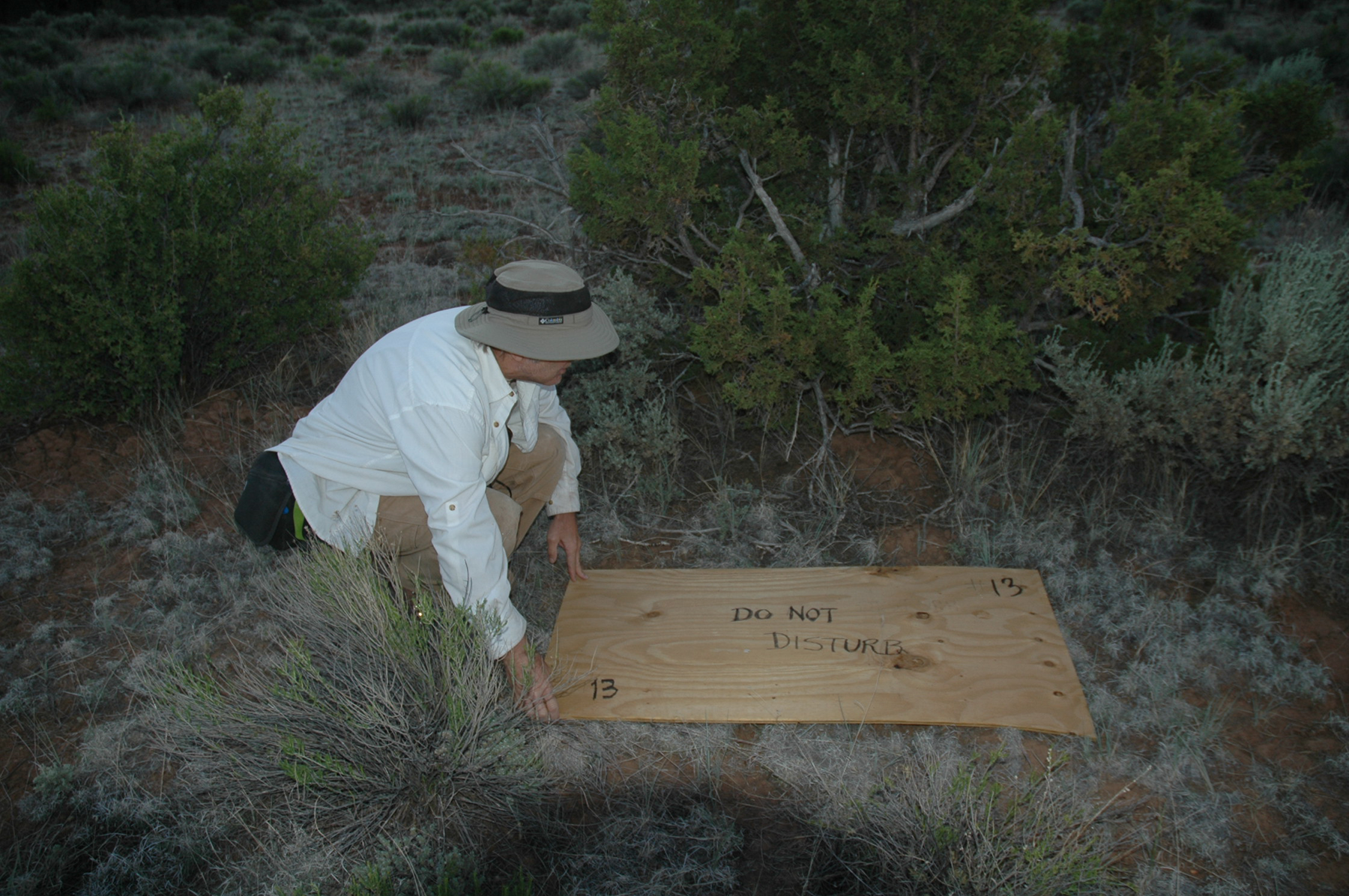Concentrations of uranium and other trace elements in detention ponds at breccia pipe uranium (BPU) mine sites can be problematic for wildlife and/or may exceed regulatory thresholds. Passive (natural flow) and active (pumped flow) remediation technologies have been used to treat trace-element-contaminated water in a variety of settings worldwide. The composition of the water to be treated and the design of the remediation system influence effectiveness of remediation.
Objectives
Conduct laboratory studies that simulate the composition of water in BPU mine detention ponds
Test different remediation technologies for reducing trace element concentrations in the water. The common remediation materials zero valent iron (ZVI) and biochar will be tested.
Questions this study could help answer
Is the composition of the detention pond water compatible with the remediation materials?
Which technology (ZVI vs. biochar) is more effective for removing uranium and other trace elements?
Are there certain elements that are not removed by the remediation materials?
Do the remediation materials show longevity with regards to trace element removal?
Answering these questions will help evaluate whether on-site treatment could improve the quality of detention pond water.
Ongoing
Task 5b: Collect/analyze water and sediment samples from streams and springs Task 17: Determine biological effects of uranium + trace element mixtures
Carleton Bern
Research Soil Scientist
Colorado Water Science Center
303.236.6915
cbern@usgs.gov
David Naftz
Research Hydrologist (Retired)
Wyoming-Montana Water Science Center
406.457.5945
dlnaftz@usgs.gov
